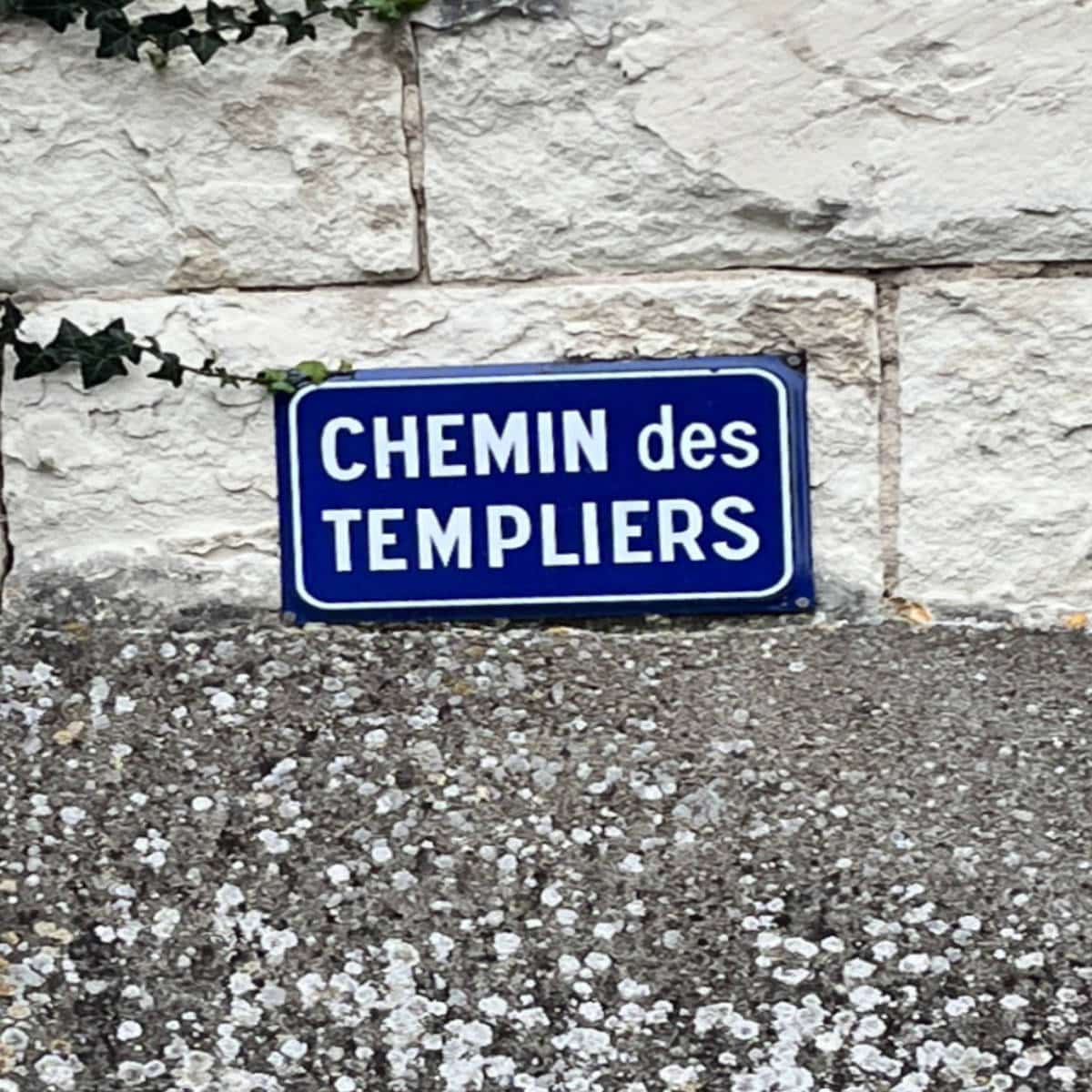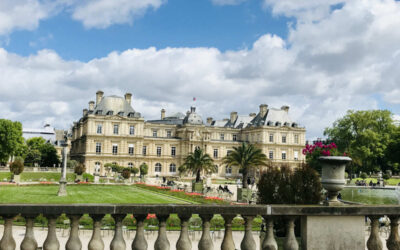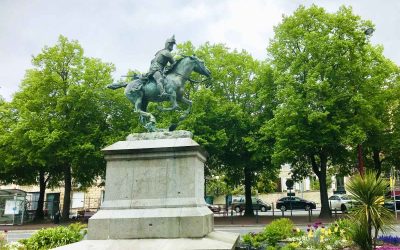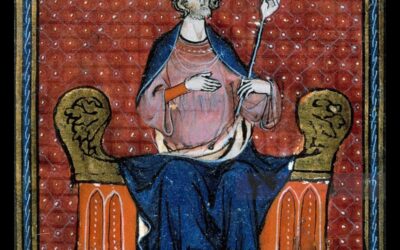If there is a name that still stirs the imagination it is the Knights Templar. Those dashing medieval warriors with their impeccable fashion sense and a knack for combining chivalry with banking.
Picture this, it is the 12th century and Europe is in a bit of a pickle. The Holy Land has become a tourist hotspot, and the rich and famous were looking for some armed tour guides. So along come these chaps, the Knights Templar, donned in their fabulous white mantles adorned with a stylish red cross.
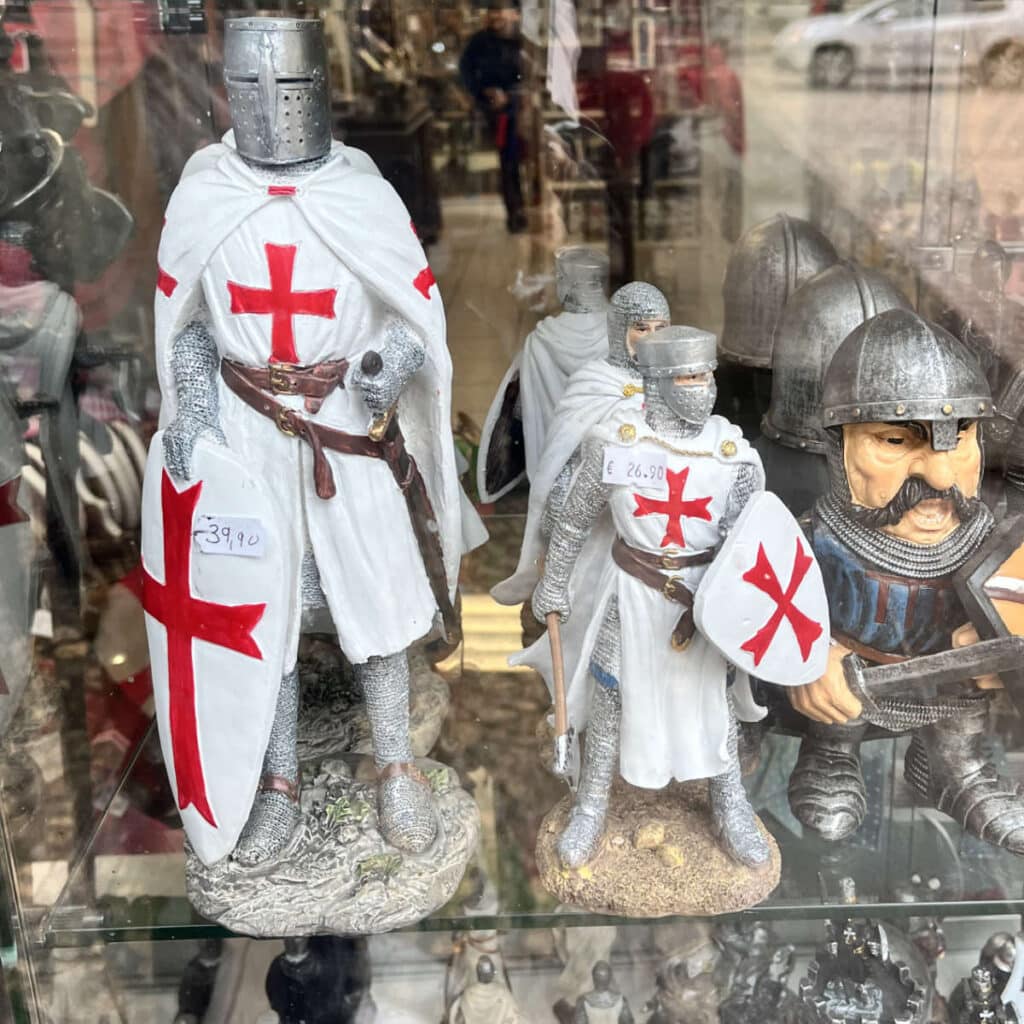
Not only did they protect Christian pilgrims on their holy journey, but they also had a knack for real estate, amassing a fortune in properties and treasures across Europe.
It was a French knight who founded the Order of the Knights Templar Order (“Templiers” in French). And ultimately a French King who destroyed them.
Speaking of relics, rumor has it they found something truly magical during their escapades in the Holy Land. Some say it was the Holy Grail itself, others claim it was the Ark of the Covenant.
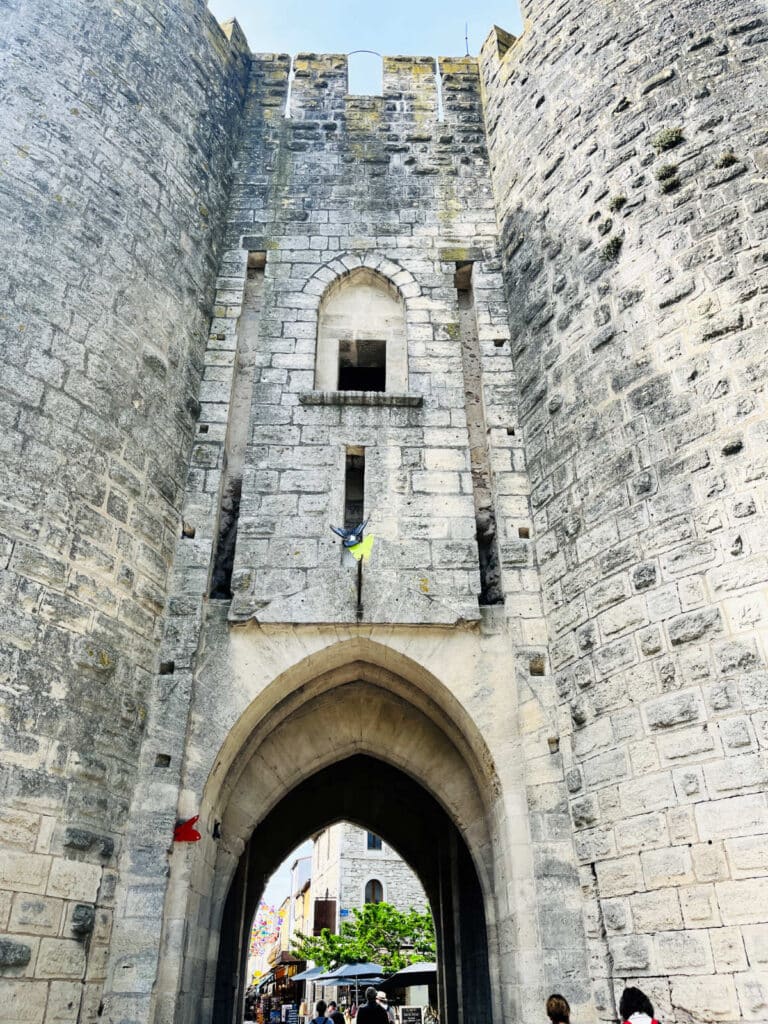
But it is all always very hush-hush, and much of what the dashing Templars knights knew has been lost to history. All the more adding to their mystique.
Their profound influence has left its mark on the Jerusalem, France and Western Europe, with folklore tales, secret societies, Da Vinci codes, treasure maps, and curses from beyond the grave.
So let’s find out a few key facts and history about the Knights Templar, shall we? Allons-y!
- 1. Christian Crusaders gained control of Jerusalem in 1099.
- 2. Catholic pilgrims needed protection.
- 3. French King Hugh of Payens has an idea for a monastic army.
- 4. The Knights Templar are formed in 1119.
- 5. The Templars took a vow of poverty.
- 6. They swore an oath and had a motto.
- 7. The prestige of Templars grew.
- 8. The Templars were exempted from laws and taxes.
- 9. They set up banking operations.
- 10. They defeated the army of Saladin in 1177.
- 11. They built bases all across the Mediterranean coast.
- 12. The Templar orders set up in different countries.
- 13. Grandmasters were appointed for life.
- 14. Jerusalem was conquered by Saladin.
- 15. The Templars Order declines with the loss of the Holy Land.
- 16. French King Philippe le Bel consolidates power.
- 17. Philippe IV de Bel orders the Templars to be arrested for heresy.
- 18. Grand Master Jacques de Molay was put on trial.
- 19. Jacques de Molay's curse had its effect.
- 20. The Knights Templar were absorbed into other brotherhoods.
- 21. The 16th century Templar Order of Malta.
- 22. The Freemasons continue the tradition.
1. Christian Crusaders gained control of Jerusalem in 1099.
After the fall of the Roman Empire, the Holy Land had been captured by Muslim armies in the 7th century.
In 1095, the Roman Catholic Pope Urban II proclaimed the First Crusade at the Council of Clermont (in Auvergne, France). Catholic crusaders were now encouraged to head off from Europe to capture Jerusalem.
After the months-long Siege of Jerusalem in 1099, the crusaders achieved defeated the Muslim Fatimid Caliphate. It would be the start of a 2 centuries long Christian-control of the Holy Land, with the Knights Templar at the forefront.
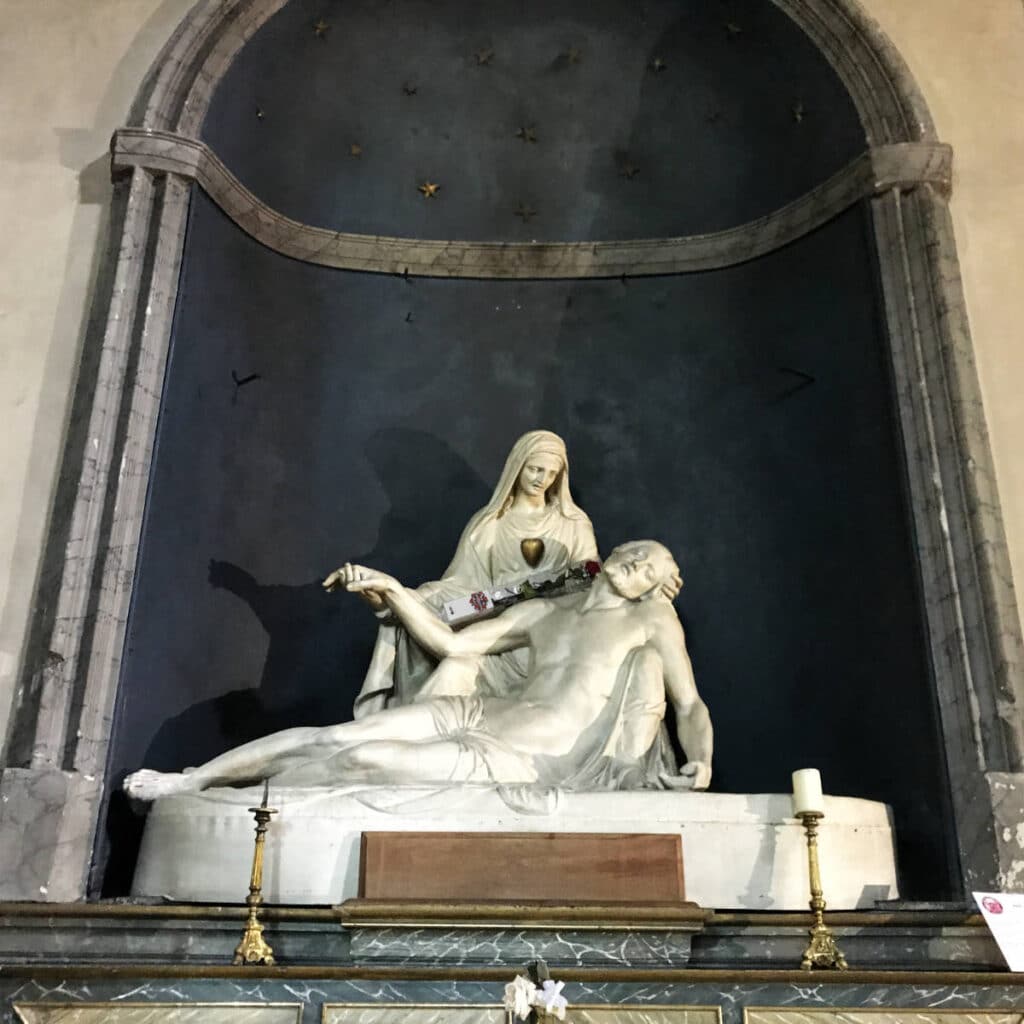
2. Catholic pilgrims needed protection.
With Jerusalem under Christian control, European pilgrims rushed to the Holy Land which was now accessible after centuries. But many of rich pilgrims were robbed of their belongings, and even killed while passing through Muslim-controlled areas during their journey. A solution was needed to protect the pilgrims and secure the route.
3. French King Hugh of Payens has an idea for a monastic army.
In 1119, the French knight Hugues de Payens approached King Baldwin II of Jerusalem and Warmund and proposed creating a Catholic monastic religious order for the protection of these pilgrims.
The King agreed and granted the Templars a headquarters in a wing of the royal palace on the Temple Mount (Temple Soloman) in the captured Al-Aqsa Mosque.
4. The Knights Templar are formed in 1119.
Led by Hugh of Payens, who became the first Grand Master, a group of 9 knights created a brotherhood. They swore to defend Christian pilgrims in Jerusalem and the Holy Land.
They took the name “Poor Knights of Christ and the Temple of Solomon” for their headquarters at Temple Mount. For short, they became known as the “Knights Templar”.
5. The Templars took a vow of poverty.
They took monastic vows and vows of poverty, with an strict code of conduct. The goal was to avoid distractions as they created a strong fighting force that could fend off any enemies. The new order of knights was to rely solely on donations.
6. They swore an oath and had a motto.
Upon joining the Knights Templar, they would take an oath to poverty, chastity, and obedience. Their motto in Latin was:
“Non nobis, Domine, non nobis, sed Nomini tuo da gloriam.”
English translation: “Not for us, My Lord, not for us, but to your Name give the glory.”

7. The prestige of Templars grew.
Though the templars had taken a vow of poverty, they did take donations. One of their co-founders was the French abbot Saint Bernard of Clairvaux, a leading Church figure, who was also responsible for the founding of the Cistercian Order of monks
Bernard put his weight behind them and in 1129 at the Council of Troyes, he led a group of leading churchmen to officially approve and endorse the order on behalf of the church. With this official blessing, the Templars became a favoured charity throughout Christendom.
8. The Templars were exempted from laws and taxes.
Along with money and land donations, the prestige of the Templars meant that the nobility wanted to help in the fight.
In addition, the Catholic Pop Innocent II also gave money, and in 1139 exempted the order from obedience to local laws. This ruling meant that the Knights Templars could pass freely through all borders, were not required to pay any taxes, and were exempt from all authority except that of the Pope.
9. They set up banking operations.
With rich pilgrims heading to the Holy Land, a need for safeguarding them and the possessions they were carrying arose. In 1150 the Knights Templar began offering letters of credit for pilgrims journeying to the Holy Land.
For a fee, the pilgrims deposited their valuables with a local Templar group, and received a document indicating the value of their deposit. When they arrived at their destination, they could use that document to withdraw the funds of equal value.
This early form of banking and cheque system made the pilgrims less of a target for thieves, since they were not carrying many valuables on their persons.
And as trips to the Holy Land grew, it also made the Knights Templar quite rich.

10. They defeated the army of Saladin in 1177.
With money and fame, the Templar knights in their distinctive white mantles with a red cross became amongst the most skilled fighting units of the Crusades.
One of their main enemies was the famed Saladin who had conquered large parts of what is now Syria and Egypt and was a powerful foe in the area.
A famous Templar victory was in 1177 during the Battle of Montgisard, where some 500 Templar knights guided several thousand infantry soldiers to defeat Saladin’s larger army of 26,000 soldiers.
11. They built bases all across the Mediterranean coast.
As the Knights Templar grew, they constructed bases all across the Mediterranean sea in order to support their operations in the Holy Land and provide supply lines.
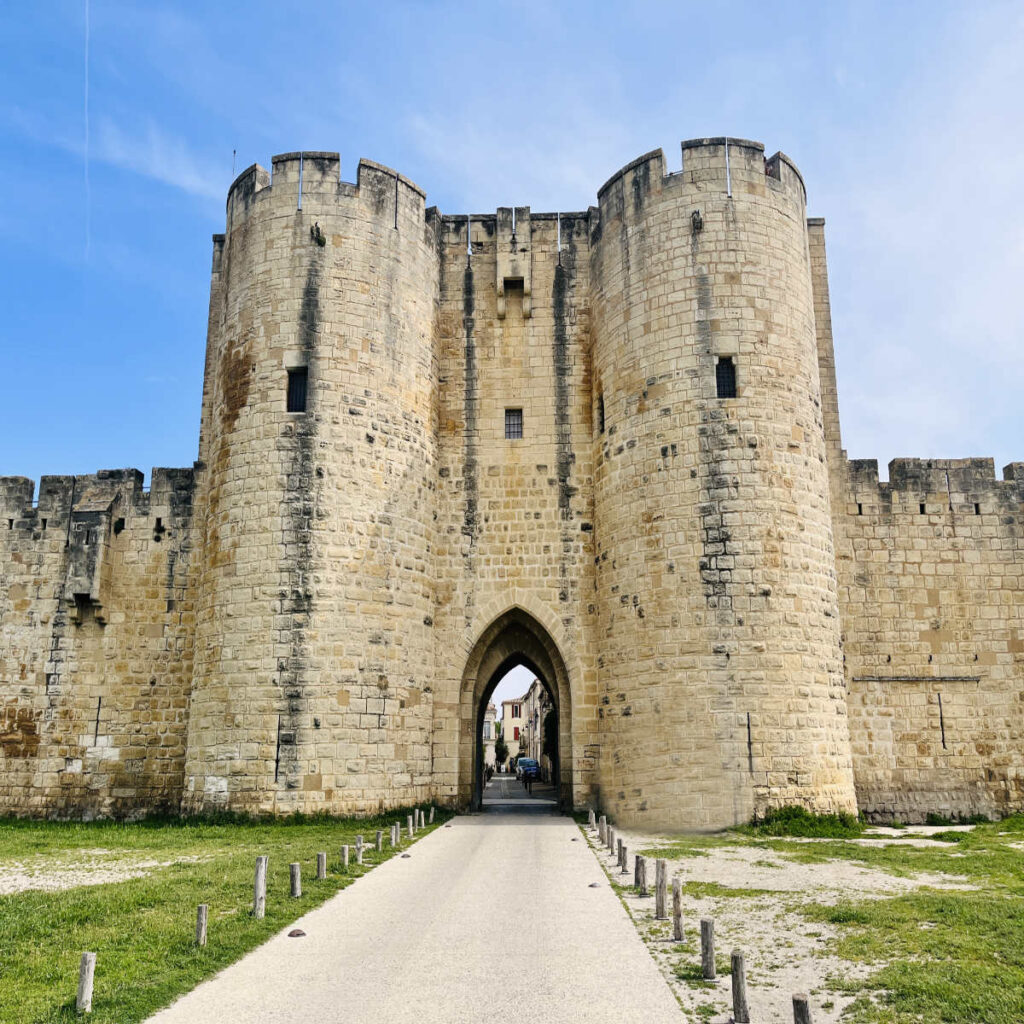
Other bases were set up by European royalty like French Saint King Louis IX and English Richard the Lionheart, both of whom were quite passionate about the Crusades and earning glory in the Holy Land.
12. The Templar orders set up in different countries.
The Templars were organized by country, with each country being led by a Grand Master. The countries with a Templar presence included France (medieval borders), Jerusalem, England, Spain, Portugal, Italy, Tripoli, Antioch, Hungary, and Croatia.
In addition, Poitou and Anjou also had their own orders of Templars as they were not under the rule of the French crown, but the Plantagenets in the British Isles.
13. Grandmasters were appointed for life.
The templars were broken down into 3 ranks consisting of the noble knights, the non-noble sergeants, and the chaplains. To join the templar knights, the person would already have to be knighted by the King, as the Knights Templar could not do the knighting.
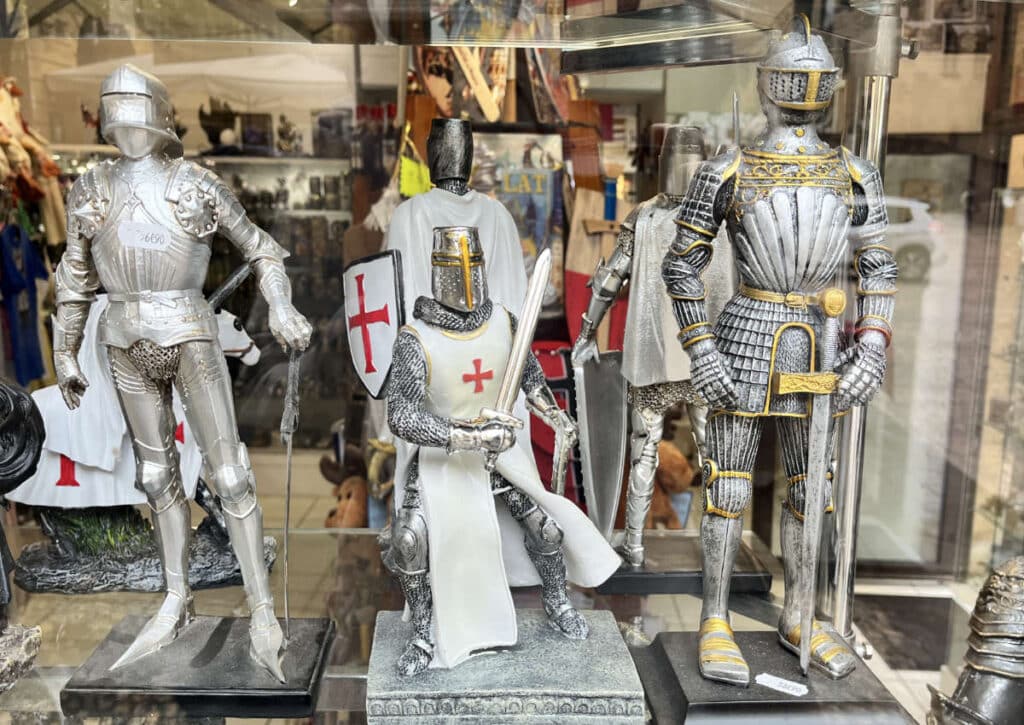
14. Jerusalem was conquered by Saladin.
After losing in 1177, Saladin continued to make strides in Palestine. His army finally defeated the Crusaders at the decisive Battle of Hattin in 1187, capturing Jerusalem.
It was a turning point in the Christian crusader effort in the Holy Land, with the Templars forced to move their headquarters from Temple Mount in Jerusalem in Cyprus and Rhodes Island (Greece).
15. The Templars Order declines with the loss of the Holy Land.
With Jerusalem now under Muslim rule, the Templars could no longer offer safe access to the Holy Land. The Catholic Church encouraged new crusades including:
- Fourth Crusade – 1198
- Fifth Crusade – 1217-1221
- Sixth Crusade – 1228 -1229
- Barons’ Crusades of 1239 -1241
- Seventh Crusade – 1248 -1254
- Eighth Crusade – 1265 – 1270
European royals like Henry II of England and his wife Eleanor of Aquitaine, their son Richard of Lionheart, and French King Saint Louis IX all lined up to eventually try to reconquer the lost land.
16. French King Philippe le Bel consolidates power.
By 1285, it was the grandson of Saint King Louis IX who was on the French throne, known as Philippe le Bel (Philippe IV or Philippe the Fair). Philippe le Bel was on a quest to consolidate power.
Following the further death of Pope Benedict XI, Philippe forced a deadlocked conclave to elect the French Clement V as pope in 1305. The new Pope was required to stay in France and in 1309 the Papal court was installed in the city of Avignon in France, in what became known as the Avignon Papacy.

At the time, Avignon was part of the Kingdom of Arles and the Holy Roman Empire, not France. It was, however, much closer to Philippe than the Vatican was, and easier for him to control.
Philippe needed money to fight his wars against England and the Knights Templar became his target. He and his kingdom were heavily in debt to the Templars after decades of wars and crusades.
Now with the Roman Catholic church effectively now under Philippe’s “protection”, the French King could make his move.
17. Philippe IV de Bel orders the Templars to be arrested for heresy.
At dawn on Friday, 13 October 1307, The French King Philip IV ordered the simultaneous arrest of the various Knights Templar groups that were in France.
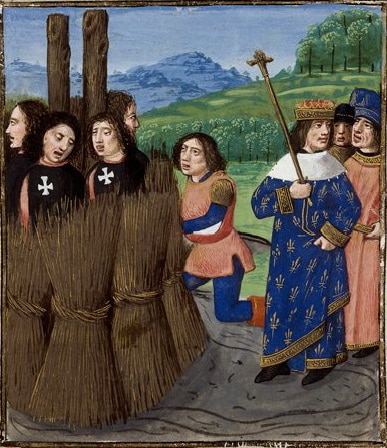
Claims were made about secret practises, heresy, insulting the cross, sorcery and other sinful acts. Not much actual evidence existed, but without any real allies, the charges stood.
In addition, the Templars were charged with numerous other offences such as financial corruption and fraud. In a well-coordinated attack that the Templars never saw coming, he seized all their lands and their money, and became more powerful than ever.
18. Grand Master Jacques de Molay was put on trial.
Once Philippe de Bel had the Templars arrested, he needed a show trial. The Grand Master Jacques de Molay in Paris and other Templar leaders were accused of heresy and obscene practices.
After some hesitation, the Roman Catholic Pope Clement V in Avignon and the other Christian sovereigns declined to oppose Philippe and come to their rescue.
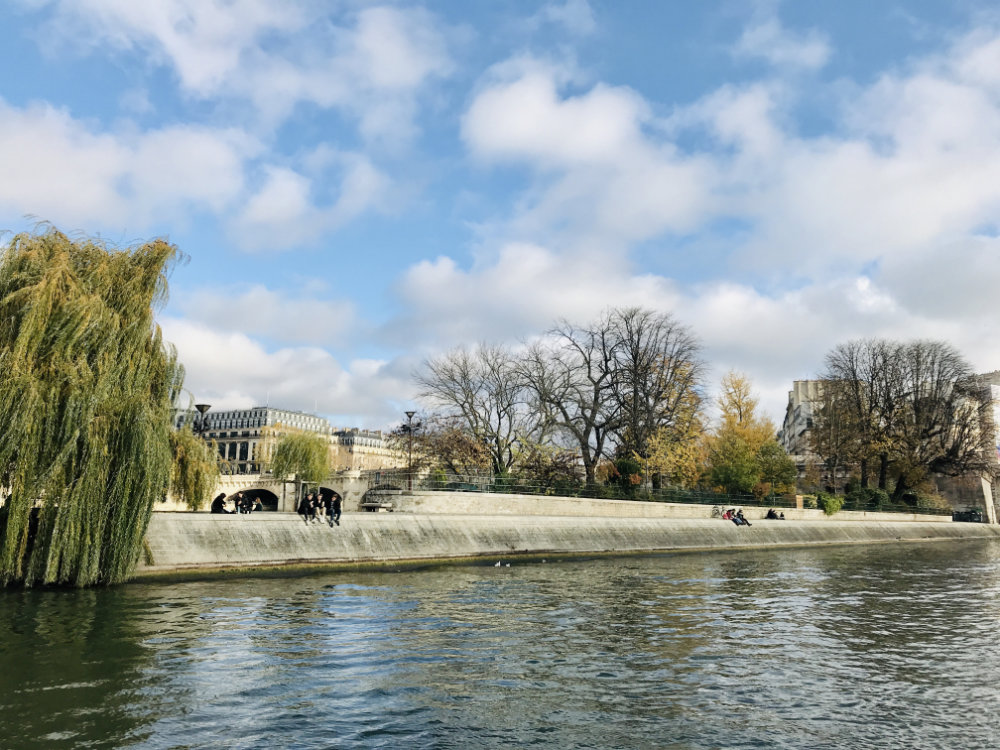
The Knights Templar were removed from the Rolls of the Catholic Church in 1309. Records of the trials were later found at the Vatican showing that Clement had absolved the Templars of all heresies in 1308 before formally disbanding the order in 1312.
However, following a mock trial that was already predetermined, Jacques de Molay was executed in March 1314. He was burnt at a stake erected on the Ile aux Juifs (later renamed Ile des Templiers, and now part of Ile de la Cité) in Paris.
19. Jacques de Molay’s curse had its effect.
Jacques de Molay, the head of the Templars would get his revenge however. He cursed Philippe le Bel from the stake.
A month after Molay’s deatth, Pope Clement V died of disease thought to be lupus. Eight months later, French King Philippe de Bel died just months later on 29 November 1314 at the age of 46 from a stroke during a hunt.
All three of Philippe de Bel’s sons died in quick succession, leaving no direct male descendants for the French throne. Philipp’s only daughter Isabella was married to the English King.
The result would be that French throne was now up for grabs. The result would be the 100 years’ war between the English and French royal houses, in order to be crowned King of France.
The curse of Jacques de Molay became legendary, adding to the mystique of the Knights Templar.
20. The Knights Templar were absorbed into other brotherhoods.
The prestige of the Knights Templar and the mystery around their practises continued to attract attention. The suddenness of their fall from grace meant that it was not quite as easy to wipe them out.
Other brotherhoods like Orders of Christ were set up, which effectively reabsorbed the Knights Templar and its properties in AD 1319.
21. The 16th century Templar Order of Malta.
The most famous “modern” Templar order is the Order of Malta. In 1530, the Charles V of Spain (then ruler of Malta as King of Sicily) gave the vestiges of the Knights Templar a home base in the the islands of Malta and Gozo, as well as the city of Tripoli (present-day capital of Libya).
With several successful battles against the Ottoman empire in the 16th and 17th centuries, the Knights of Malta grew in stature and renown.
They were eventually defeated by Napoleon Bonaparte who managed to seize Malta in 1798, with little resistance from the Knights. Napoleon was himself later defeated by the British, and although the Knights Order of Malta tried to regain control of the island, it fell under British rule.
22. The Freemasons continue the tradition.
Since the 18th century, it is the Freemasons that have incorporated the symbols and rituals of the Knights Templar and other medieval military orders.
Today, all over France, the vestiges of the Knights Templars can be found in towns and villages. From historic monuments to names of roads, the “Templiers” continue to inspire. In guarding their mysteries, the legend of the Knights Templar continues to fascinate generations.

If you enjoyed that article, you may like to read more about the history of France. A bientôt!
